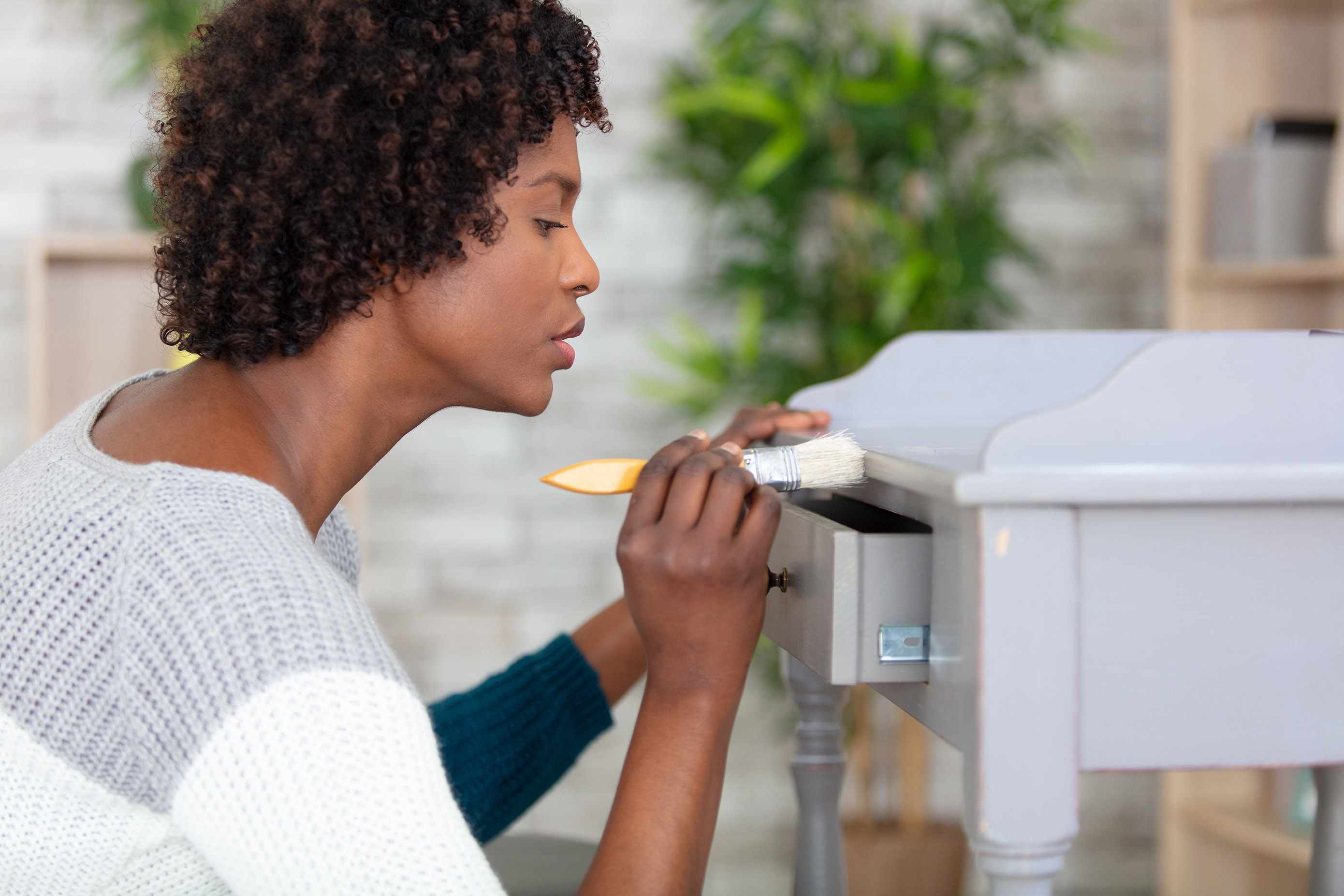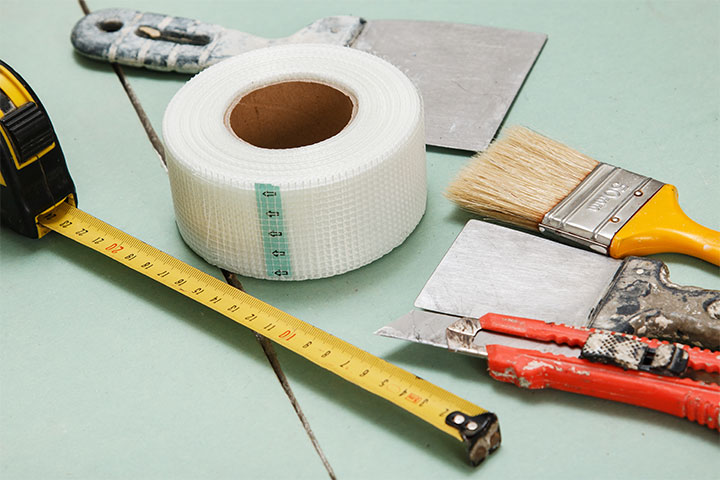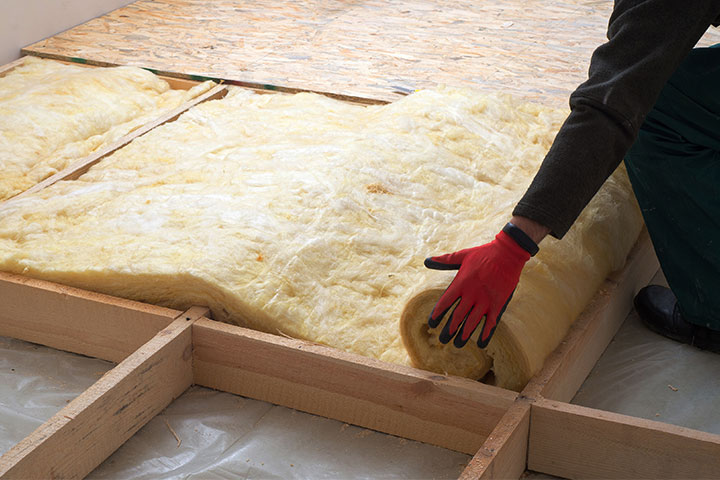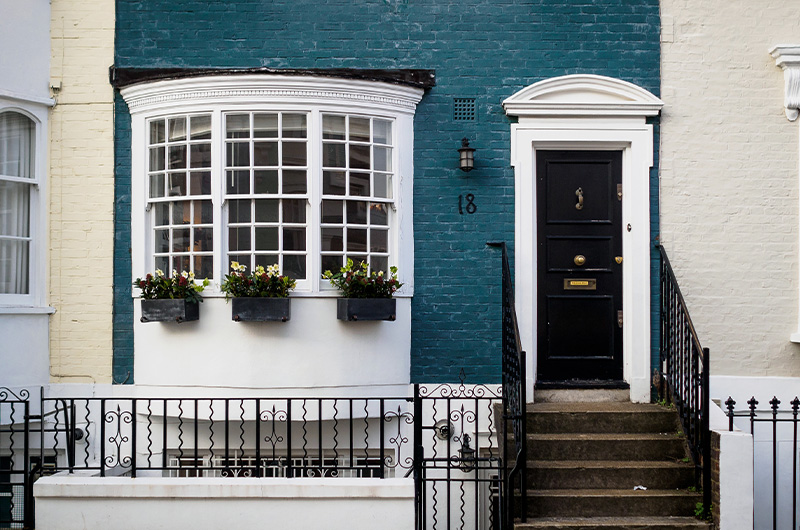After COP 26 in Glasgow, it’s never been more important to do our bit for the planet. And upcycling furniture is a great place to begin.
Over 22 million tonnes of furniture is chucked away every year, most of which ends up in landfill. That's a lot of rubbish. But not only is upcycling, rather than binning, easier than you might think, it can also save you cash. And you can end up with a bit of furniture that looks like nothing else and is unique to your home and your tastes.
Here's a few ideas to help you avoid throwing out more of your stuff.

Where to start
Preparation is the key. Give the furniture a wipe down before you start, to clear dust, dirt and, if you've hauled it down from a dusty attic, maybe even cobwebs.
Then get yourself a good paintbrush. Cheap ones can leave can bristles in the paint and don't give you such good coverage.
Before painting, make sure you lay a sheet down to protect your carpet or floor.
Wooden furniture is likely to have been treated with paint or varnish and will have collected dirt and grease over the years. Use sandpaper and filler to even out the surface and make sure to have made the surface rough enough for primer to stick to.
If the piece of furniture is already varnished, you can use a solvent to strip it.

Prime time
Primer is an undercoat paint makes sure the surface of your piece is ready for your chosen final paint. It's essential for making sure the paint you apply is nice and smooth. Priming it will avoid the paint flaking off and make the paint last longer. Wood primer should only be used on bare wood furniture (it's all in the name). If your furniture has previously been painted or varnished, then you should use a multi surface primer or ensure that the furniture has been well sanded.
Painting without the pain
Once your primer is dry, you can then apply your first coat of paint. There are lots of different kinds of paints available depending on the kind of style and effect you're after. From gloss to matt, satin to eggshell, silk to soft sheen. Each with its own different look and feel.
So how do you decide what's right for you? Well, the best way is to see what they look like in real life. So, get a bunch of samples you like and paint something - maybe if you have any bits of old wood lying about that you can test them on. Then over the next few days you can see what it looks like in different lights, at different times of day.
Whatever you choose, you need to apply the paint evenly and leave it to dry. Then, depending on the surface, you may need to apply two or three more coats, and you might even need to lightly sand between each coat to create a perfectly smooth finish.

The final step
The last bit of upcycling is to apply a clear varnish or wax to seal your furniture and keep it looking great for longer.
Keep your eyes open
To find the piece you feel would look awesome in your home, there are loads of places you can look. Charity shops, car boot sales, online, family members' attics. With a bit of paint, a bit of elbow grease and bit of time, you can create something that's more sustainable and looks perfect for your house, at a fraction of the price of new furniture. Share your photos with us on our social media channels. Just tag us @planeandsimplediy or use the hashtag #PlaneandSimpleDIY








